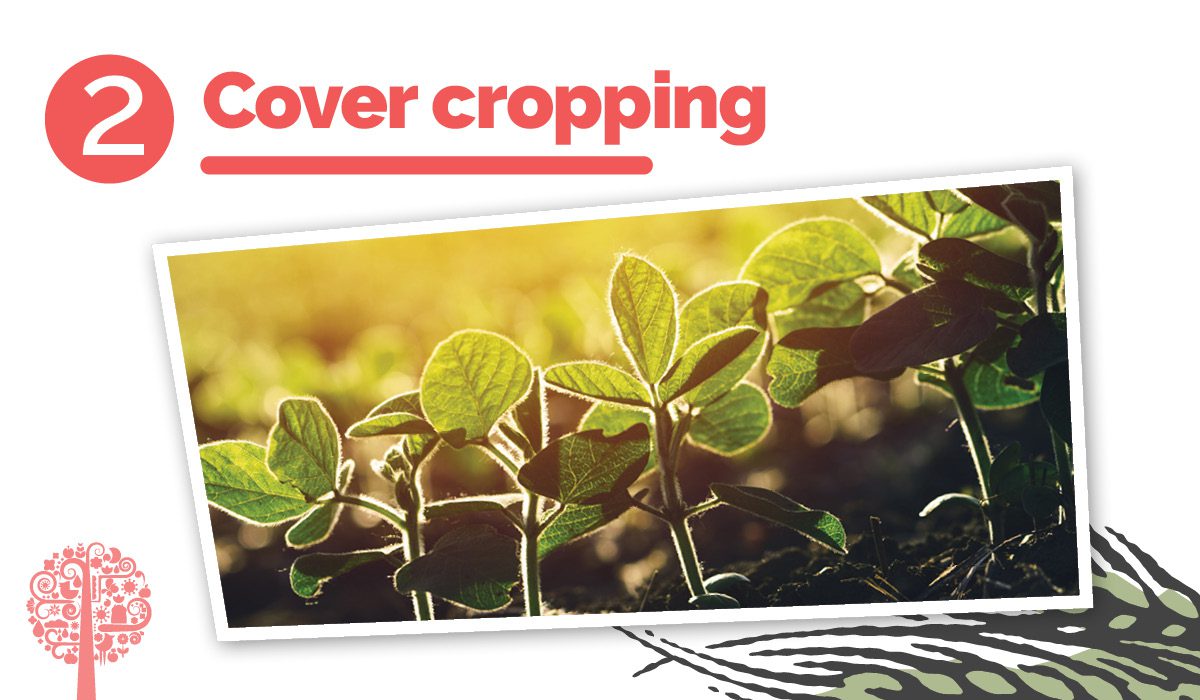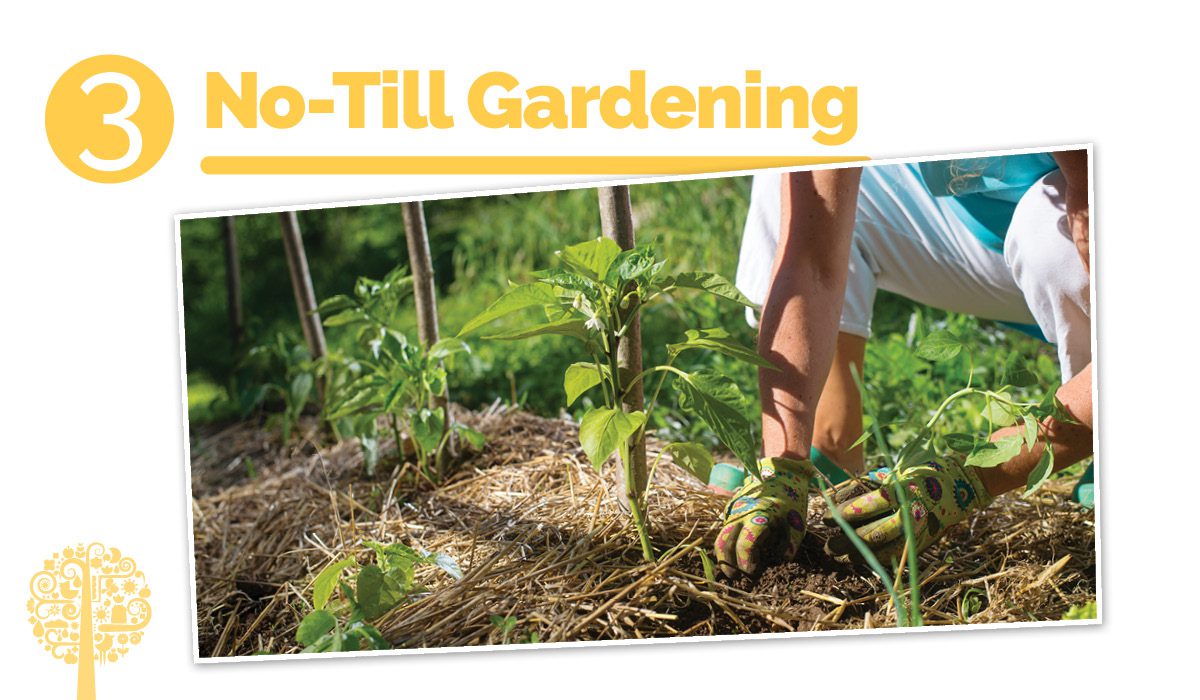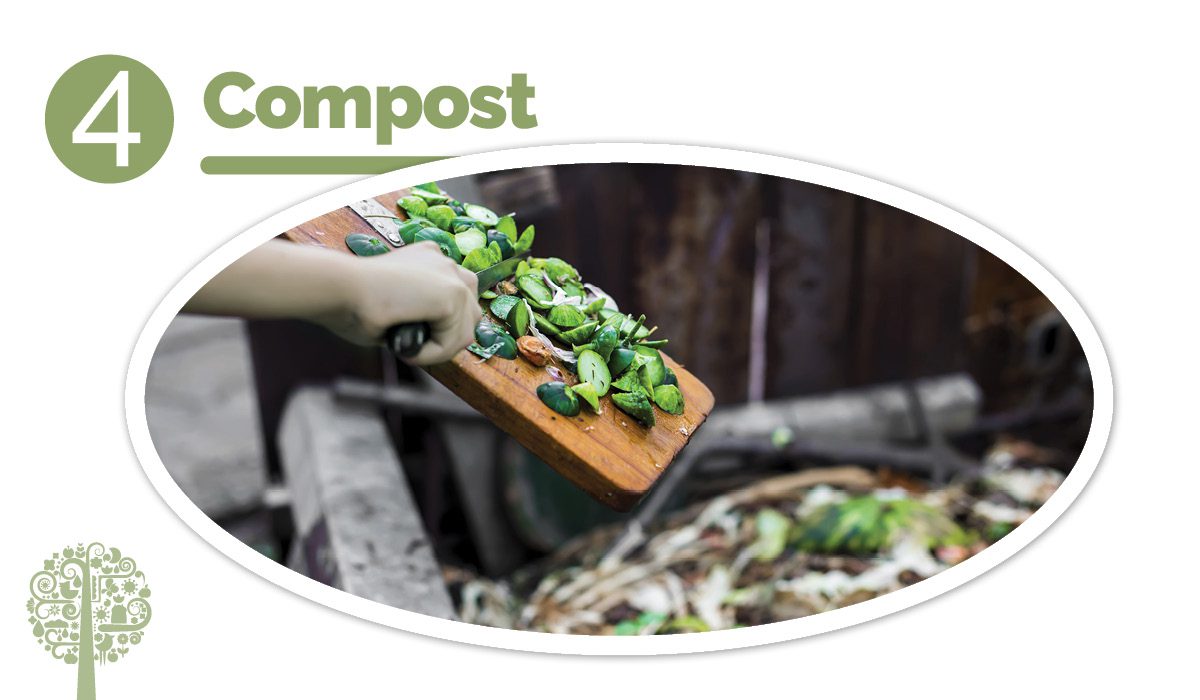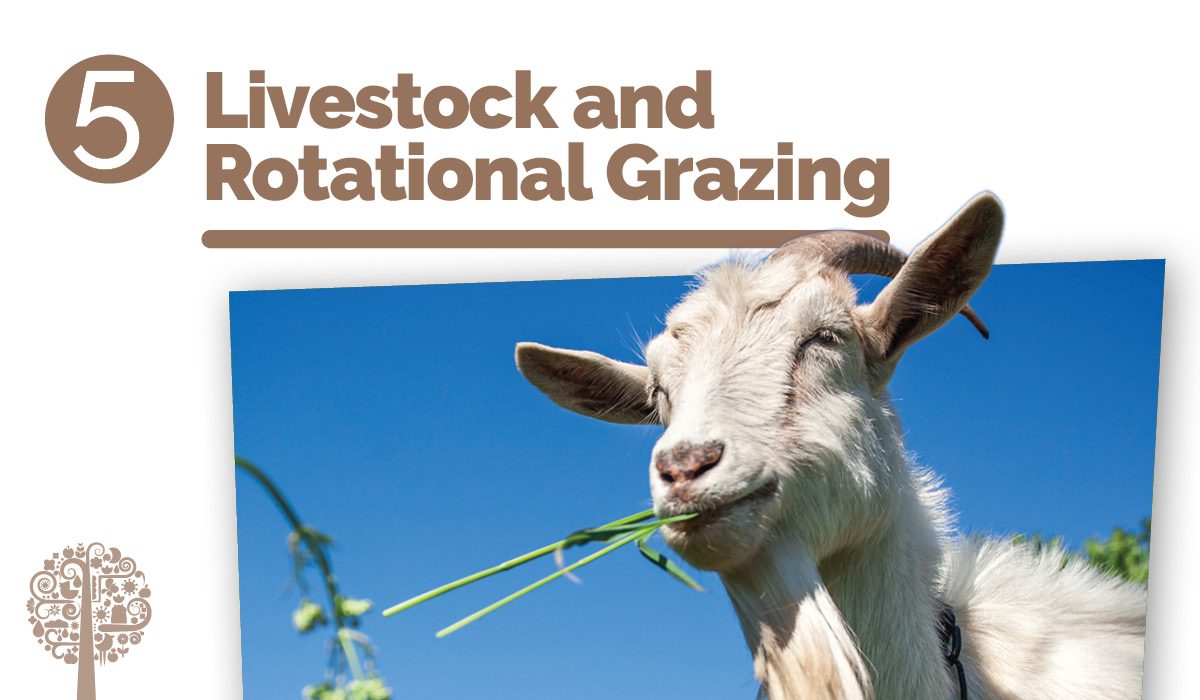Regenerative agriculture is all about repairing, building, and maintaining healthy soil. The approach goes beyond sustainable and organic and is the only way out of the current climate crisis. With the United Nations estimating that we only have 60 years of topsoil left, conventional farming practices must take a back seat; regenerative growing is our future. In our list of 5 Cool Ways Regenerative Agriculture Works, you’ll learn how if we save the soil we just might be able to save ourselves. You don’t need a farm or vast property to participate in this essential movement; rural or urban, large scale or small, we can all incorporate regenerative methods into our growing regimes!
Biodiversity

Diversity is what makes us strong and beautiful as people; the same applies to the garden. Conventional agriculture has all but eliminated biodiversity through a dependency on monocultures and the use of toxic chemicals. Entire ecosystems and native species are rapidly depleting. According to the Rodale Institute, this makes crops more prone to pests and diseases emerging as a result of climate change. Regenerative agriculture encourages biodiversity by layering a variety of plants together. Beneficial insects and other wildlife are drawn to such environments; pollination is never an issue, and birds and other natural predators act as pest control. Below the ground, microorganisms of all kinds thrive. The immediate environment and its plants are made more resilient by nature, and nature is made stronger by the variety of plant life. It’s the perfect symbiotic relationship! Whether you have a farm, a backyard or a balcony garden, creating biodiversity is an element of regenerative agriculture we can all practice!
Cover Cropping

Cover crops are a cornerstone of organic growing, and they’re also an essential part of regenerative agriculture. Beyond deterring erosion and weeds, cover crops help protect soil structure by building nitrogen and organic matter levels. They also significantly improve the ground’s water retention capabilities, break up compacted earth, and have even been found to sequester carbon and reduce global warming! Cover crops help with soil carbon storage because they are largely made of carbon, which decomposes into organic matter. They are also a source of food for soil microbes such as fungi, linked to even more carbon storage. Examples of cover crops include legumes such as pea and hairy vetch, which fix nitrogen as they grow. Grassy plants can also be used, like oats and barley. Use them year-round or plant them in the fall for winter coverage. Whatever the plan, cover crops are a must for protecting soil as we battle climate change. Remember; soil should never be left bare.
No-Till Gardening

Why waste precious energy digging when you should be focusing on planting and harvesting? If you want to see things thrive above ground, you need to make sure there’s a whole lot of life bustling underground too. Keeping precious soil life intact is essential to regenerative growing, which means ditching heavy machinery and hand-held tillers. Ploughing and tillage are major contributing factors to soil erosion and also release CO2 into the atmosphere. No-dig gardening and farming avoids those issues and also help keep weed seeds buried so they can’t germinate. The method is proven to be a more productive way to grow large-scale crops; plants require less water and have a healthy population of soil microbes to feed them! There are many different no-dig gardening methods, including lasagna layering, polyculture techniques, and straw bale gardening. Even if you have an existing garden, making the transition to no-dig is easy. And your back with thank you!
Compost

The benefits of compost cannot be overstated. Aptly referred to as ‘black gold,’ compost can fix almost any garden problem, from poor drainage and low nutrient availability to dense soil structure and issues with pests and diseases. The best part? It’s easy to make at home for free with organic materials such as leaves, straw, garden debris, and food waste. If making homemade compost isn’t your thing, plenty of good quality options are available on the market. Adding a two-inch layer of compost to garden beds at the beginning and end of every season will help the soil better hold nutrients and water and create a more hospitable environment for beneficial biology. Vermicompost can be added to crops whenever it looks like they need a little boost; when it comes to worm castings, there’s no such thing as having too much of a good thing. No matter what kind of compost you use, there truly is no better soil amendment available, which is why it’s a staple of regenerative agriculture!
Livestock and Rotational Grazing

Okay, we know not everyone can add farm animals to their properties, especially those living in urban areas. But animals like cows, pigs, bison and more play an essential role in regenerative farming because they help reduce CO2 emissions through the art of rotational grazing. Rotating animals continuously from paddock to paddock protects the land from overuse. When livestock is moved from one pasture, the plants have time to recover and develop stronger root systems. As they grow, they pull carbon from the air. When the animals graze on another pasture, green material is broken down and given back to the soil either by trampling or manure. As organic matter increases, so do fertility and water-retention abilities. No need for expensive and potentially toxic fertilizers! While the soil benefits significantly from this practice, the animals also reap the benefits. Eating fresh forage means less need for supplemental feed. It’s a win-win!